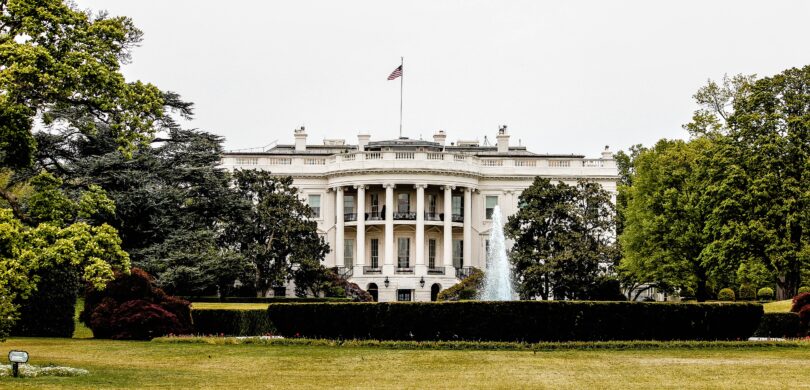The Executive Branch is one of three pillars of the United States federal government. Together, the Executive, Legislative, and Judicial branches make up the U.S. government. The Executive Branch is a central force in shaping the nation’s policy and direction. As such, it commands significant influence and holds key responsibilities. This blog delves into the essential aspects of and facts about the Executive Branch, offering clarity on its role in our nation.
The Formation of the Executive Branch
Following the Revolutionary War, the need for unified national leadership was clear. The creation of the Executive Branch arose out of this need. The U.S. Constitution addressed the weaknesses of the Articles of Confederation. It laid the groundwork for centralized power and leadership in the United States. The Constitution aimed to establish a robust, yet checked, executive power.
Components of the Executive Branch
Comprising various components, the Executive Branch fulfills unique roles in national governance. Each aspect has both individual importance and interconnected functions. They work together to steer the country’s administration. The following breakdown offers a detailed look at these components.
The President
Holding the nation’s highest office, the President is more than a figurehead. This President represents the United States on the international stage. Further, he or she leads the nation’s administrative direction. Presidents shape national policies, influence international relations, and serve as symbols of American democracy.
The Vice President
Far from an assistant, the Vice President is a key player in the administration. The Vice President serves as President of the Senate. With such a significant role, their influence can extend to crucial legislative decisions. Vice Presidents take on active roles in policy-making and diplomacy.
Executive Office of the President (EOP)
The EOP serves as an extension of the President. It includes various advisory bodies, such as the National Security Council and the Office of Management and Budget. The EOP plays a pivotal role in policy creation and administrative functions. It facilitates efficient governance and decision-making processes.
The Cabinet
Comprised of executive department heads and other key individuals, the Cabinet is instrumental in advising the President. Cabinet members have expertise on various issues, from national security to economic policy. Each member uses their expertise to offer diverse perspectives on critical matters.
The Powers of the Executive Branch
The Executive Branch wields extensive and intricate authority. This includes veto power, executive orders, and diplomatic negotiations. These powers, while significant, are balanced by the other branches of government.
Checks and Balances
The U.S. government’s foundation rests on the principle of checks and balances. This system ensures a balanced distribution of power across the three branches. Checks and balances are key in preventing autocracy and preserving democracy. Recent political developments, both domestically and globally, underscore the system’s enduring importance. These checks and balances have been tested and strengthened over time. The checks and balances system reflects the dynamic nature of the U.S. political system.
The Ongoing Relevance of the Executive Branch
Understanding key facts about the Executive Branch is crucial for those looking to influence policy. As the political landscape evolves, the Executive Branch will continue to adapt.
Get Started with Plural
Plural is the policy tracking tool of choice for those looking to understand and influence the United States government. With Plural, it’s easier than ever to:
- Access superior public policy data
- Be the first to know about new bills and changes in bill status
- Streamline your day with seamless organization features
- Harness the power of AI to gain insights into individual bills and the entire legislative landscape
- Keep everyone on the same page with internal collaboration and external reporting all in one place

